
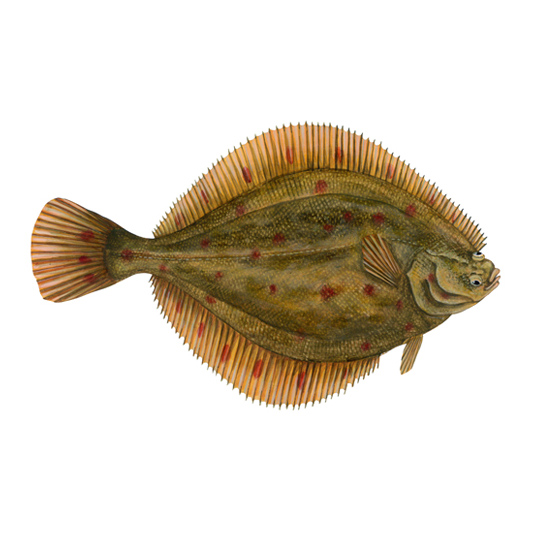
Plaice is a popular and tasty flatfish and is Europe's most important commercial species of flat fish. It is easily recognised by its distinctive orange spots on its upper surface.
Plaice stocks have increased dramatically over recent years and stocks are now well above sustainable levels. fishing pressure reduced for several years but since 2015 it has increased significantly off the south coast but its still within precautionary levels. It is within sustainble levels off the north coast. Plaice is a versatile and often affordable flatfish that we should all be eating more of.
In 2021 a total of 168 tonnes of Plaice were landed to Cornish ports with a value of £469k (MMO data).
Updated July 2023
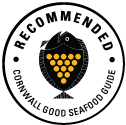
South coast of Cornwall, Western English Channel, area 7e
Demersal trawls are large nets that are pulled through the water with the bottom edge of the net touching the seabed. At each edge the net is pulled open by metal ‘trawl doors’. Sometimes referred to as Otter trawling.
Learn more
South coast of Cornwall, Western English Channel, area 7e
Beam trawls are nets with a steel beam that holds the net open. The belly of the net is made of chains and the upper surface of the net is mesh. Beam trawlers pull two nets along the seabed simultaneously.
Learn more
North coast of Cornwall, Celtic sea and Bristol channel area 7f
Demersal trawls are large nets that are pulled through the water with the bottom edge of the net touching the seabed. At each edge the net is pulled open by metal ‘trawl doors’. Sometimes referred to as Otter trawling.
Learn more
South coast of Cornwall, Western English Channel, area 7e
Gill nets are lightweight nets made of nylon (monofilament) fishing line that are anchored to the seabed and are used to catch fish by entangling the gills.
Learn moreNorth coast of Cornwall, Celtic sea and Bristol channel area 7f
Gill nets are lightweight nets made of nylon (monofilament) fishing line that are anchored to the seabed and are used to catch fish by entangling the gills.
Learn moreNorth coast of Cornwall, Celtic Sea and Bristol Channel
Beam trawls are nets with a steel beam that holds the net open. The belly of the net is made of chains and the upper surface of the net is mesh. Beam trawlers pull two nets along the seabed simultaneously.
Learn moreCornwall Good Seafood Guide rates fish on sustainability using a scale of 1 to 5.
1, 2 and 3 are recommended, Fish to avoid are rated 5.
We use the system devised by the Marine Conservation Society (MCS) so our scores are comparable with the scores produced by MCS for the UK and fisheries from all around the world. For more information on scoring click here.
Plaice are right eyed flatfish that live on the seabed where they are well camouflaged, being able to change colour to match their surroundings. They are opportunistic feeders living on small invertebrates such as crabs, worms and crustaceans. During the daytime they are often inactive, hiding in sand, emerging at night time to feed. Plaice can grow up to 42cm in length. In our area plaice spawn in the early months of the year from February to March (Fishbase)and sometimes they makes long spawning migrations. Juvenile place are often found in sandy bays and estuaries. It is a long-lived species, becoming sexually mature at 3-7 years (females) 2-6 (males) and living 30 years or more. Maximum reported age 50 years. They are relatively vulnerable to fishing having a biological vulnerability rating of 71% (Cheung et al 2005).
The latest scientific advice from ICES on Plaice stocks in our area show that the plaice stocks both in the Celtic sea and the Western Channel have declined and are now just below sustainable levels. Fishing effort in the western channel is slightly over sustainable levels however (ICES 2021) being over MSY but below precautionary levels. In the Celtic sea fishing effort is above MSY and stocks are just below MSY. Plaice landings to Cornish ports have decreased markedly from 600 tonnes in 1995 to just over 200 tonnes for the past 15 years (MMO landings data). This is largely due to quota restrictions and reduction of fishing effort due to decommissioning of beam trawlers, the result has been improvements in stocks reported by scientific surveys prior to the current down turn. (ICES)
Plaice catches are restricted through quota administered by the Common Fisheries policy. There is a minimum EU landing size of 27cm. There are thought to be problems with discards which in some areas may be double the landings. Plaice may also benefit from the seasonal closure of the important Trevose spawning grounds off the North Cornwall coast that has been established to protect spawning cod, and stocks have also benefitted from restriction of fishing effort enforced by the sole recovery plan.
Plaice are caught in demersal trawls, beam trawls and, to a lesser extent in gill nets. The main fishery occurs 20 miles off the North Coast of Cornwall where place spawn during February and March. The peak landings occur during this time and in September.
ICES advice plaice Celtic Sea 2022
ICES advice plaice western channel 2022
RASS Seafish Plaice western Channel
Rass Seafish Plaice Celtic sea
Ecological risk assessment for SW fisheries
MMO landings data
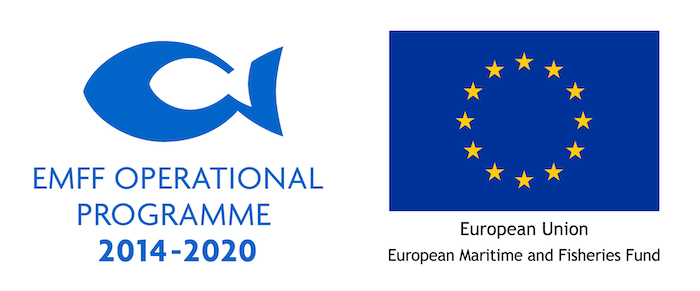
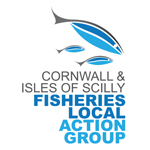
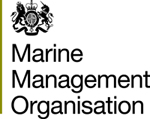
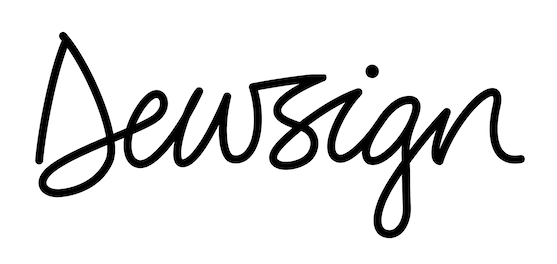


Cornwall Good Seafood Guide is underpinned by the Marine Conservation Society (MCS) Good Fish Guide. The first UK consumer guide to sustainable seafood. For more information visit www.fishonline.org
Cornwall Good Seafood Guide is here to help us all make sustainable seafood choices. Choices that will help us keep the oceans healthy and Cornish fishers' futures safe. This website is funded by Cornwall Wildlife Trust. If you would like to make a meaningful difference to the health of our oceans, please consider making a donation to the Cornwall Wildlife Trust Ocean Emergency fund. Your donation will help safeguard these remarkable environments, ensuring that they continue to thrive for generations to come. Together, we can be stewards of the seas and champions for a healthier, more sustainable future.